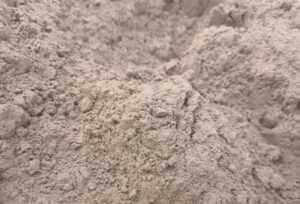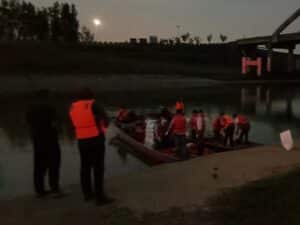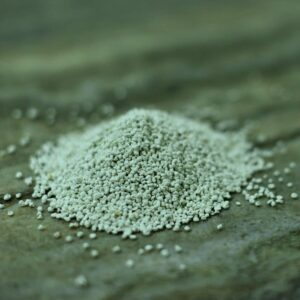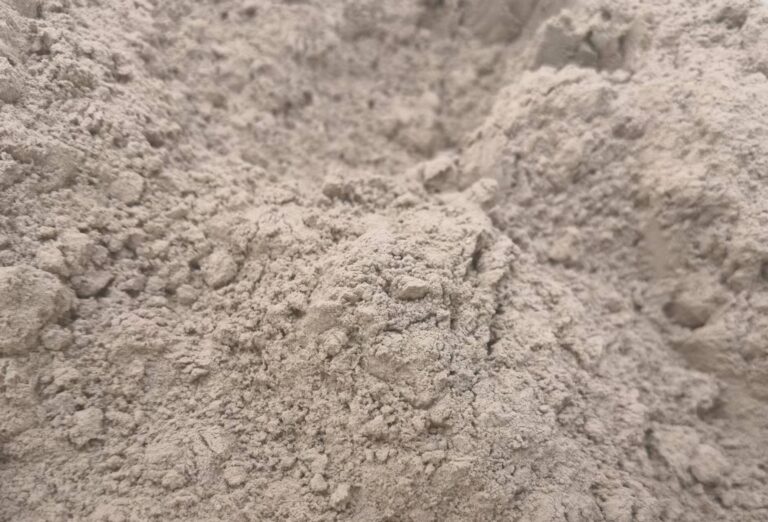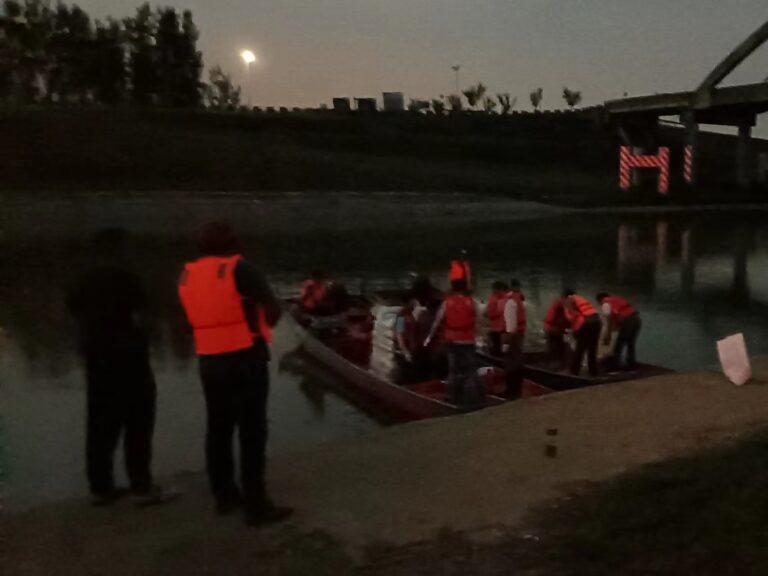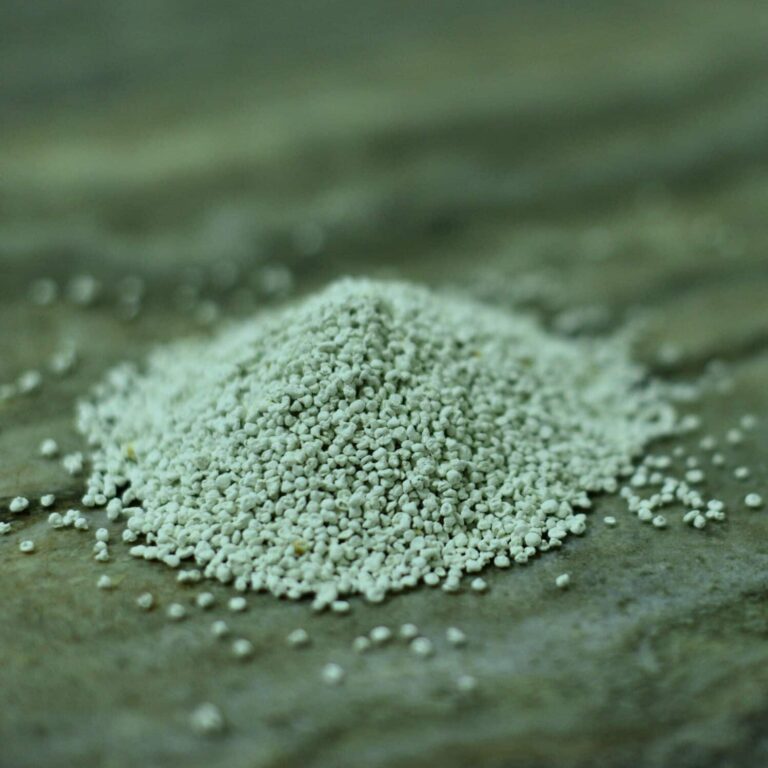In May 2021, Zeofixer®, a silicon-based phosphorus sequestering agent, was applied to the water body of Zhenghe Park to reduce the phosphate concentration in the overlying water and permanently “cap” the sediment.
Location of the Pilot Test
Zhenghe Park is located in Qinhuai District, Nanjing, China. The water surface area is about 0.17ha, the average water depth is 1.9m, and the average sediment thickness is 0.8m.
Zhenghe Park is a recreational park with a close historical origin to Zheng He. In the fifth year of Yongle in the Ming Dynasty (1407 A.D.), Zheng He returned from his first trip to the Western Ocean. Zhu Di, the Emperor of the Ming Dynasty, built the “Longjiang Heavenly Concubine Palace” to thank Mazu, the god of the sea, for protecting Zheng He’s safe navigation, and personally wrote the inscription to sing praises for the Heavenly Concubine. This monument is about 6 meters high, weighs 27 tons, and has 699 words. It is a provincial cultural relics protection unit in Jiangsu Province.
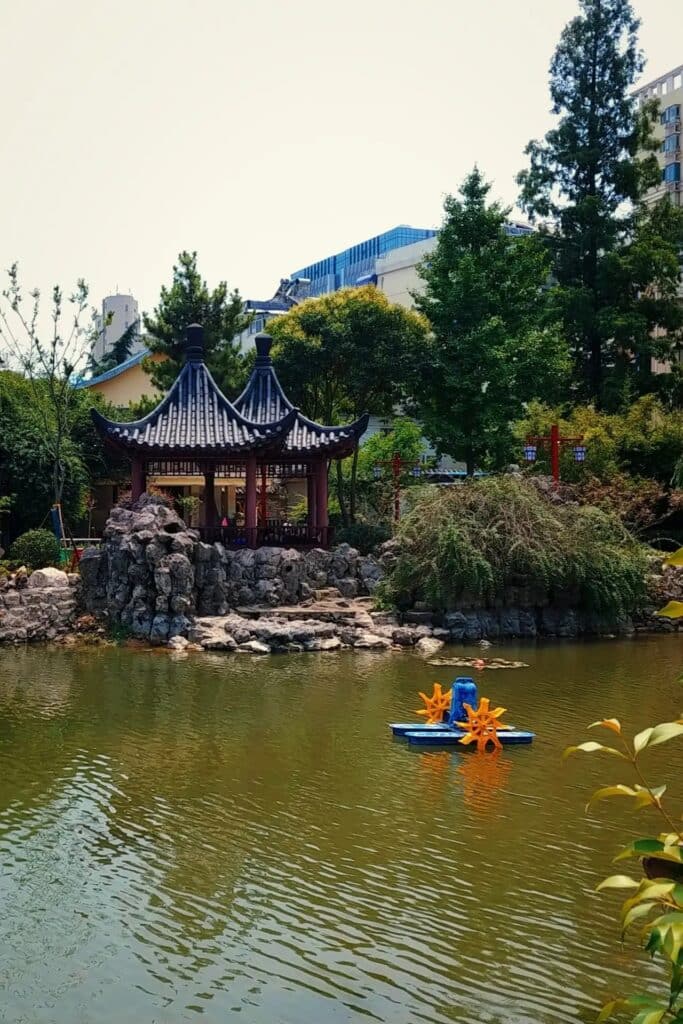
The On-Site Trial
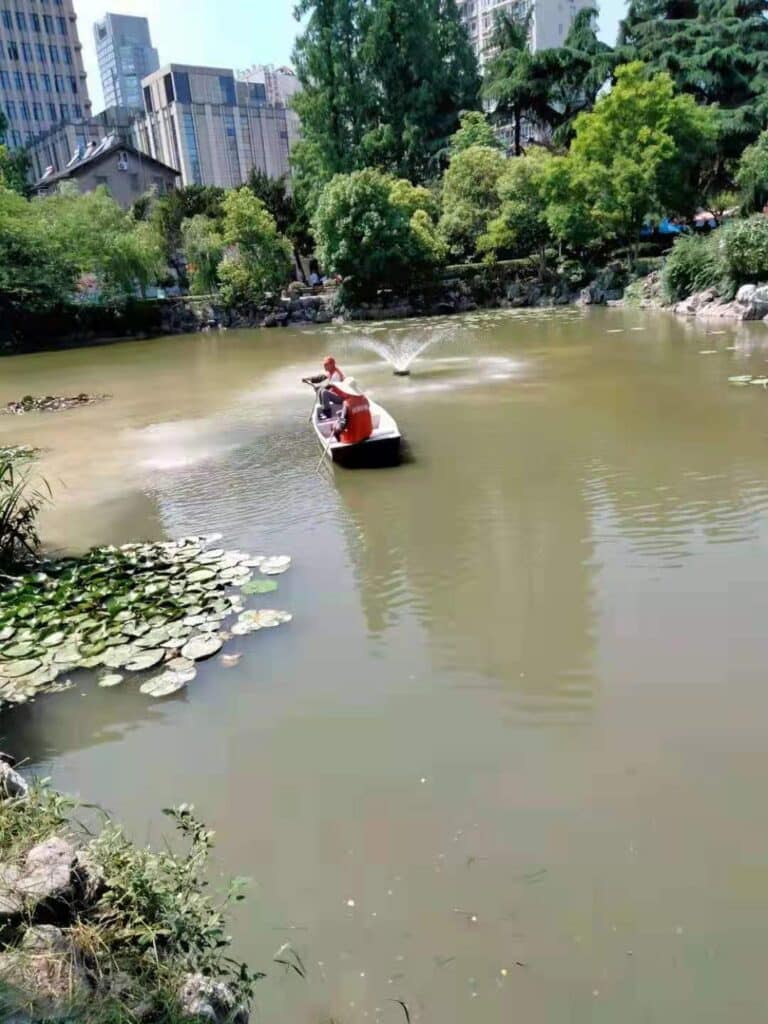
The pre-treatment total phosphorus concentration in the water body was 0.45mg/L, and the concentration of PO4-P was 0.31mg/L.
According to the requirements of the local environmental protection bureau, the total phosphorus in the water body should be reduced below 0.2mg/L after carrying out the application.
In May 2021, Zeofixer®, a silicon-based phosphorus sequestering agent, was applied to the water body to reduce the phosphate concentration in the overlying water and permanently “cap” the sediment.
Test Result
Thirty days after the application, the total phosphorus concentration in the overlying water had stabilized at 0.17-0.18mg/L (Removal Rate: 62%), and the phosphate concentration had stabilized at 0.04-0.07mg/L (Removal Rate: 87%).
Click the link below to check the test result, before and after the pilot test, provided by the third party.

